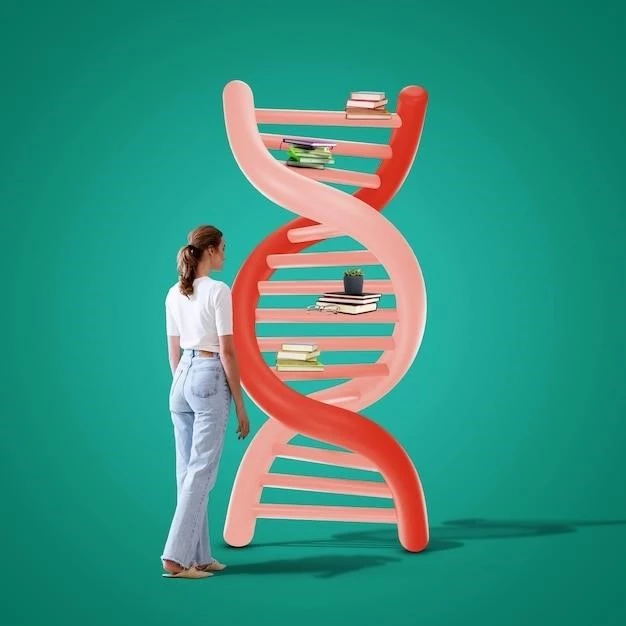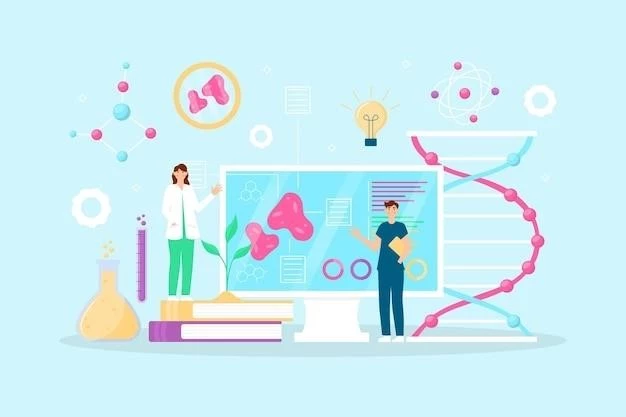Disease ー Ectrodactyly Ectrodermal Dysplasia
Introduction

Ectrodactyly Ectodermal Dysplasia is a rare genetic disorder characterized by abnormalities in the skin, hair, teeth, and nails. It is caused by a mutation in the TP63 gene. Individuals with this congenital disorder may exhibit deformities in the limbs and other physical features. Diagnosis involves clinical evaluation and genetic testing. Medical management focuses on treating symptoms, while ongoing research aims to improve understanding and treatment options. The impact on individuals can vary, and there are associated syndromes. Rare cases and variants exist, necessitating tailored management strategies.
Genetic Basis
Ectrodactyly Ectodermal Dysplasia is primarily caused by mutations in the TP63 gene, which plays a critical role in limb development and the formation of skin, hair, teeth, and nails. These genetic abnormalities disrupt normal cellular processes, leading to the characteristic congenital features seen in individuals affected by this rare disorder. Understanding the specific mutations and their impact is essential for accurate diagnosis and targeted medical management strategies;
Congenital Abnormalities
Ectrodactyly Ectodermal Dysplasia presents a spectrum of congenital abnormalities affecting the skin, hair, teeth, and nails. These abnormalities result from genetic mutations leading to limb deformities, sparse hair, missing teeth, and malformed nails. The presence of these abnormalities from birth is a defining feature of this disorder, highlighting the complex nature of the condition and the need for comprehensive medical evaluation and management.
Common Symptoms
Individuals with Ectrodactyly Ectodermal Dysplasia commonly present with a range of symptoms including limb deformities such as ectrodactyly, sparse hair, dental abnormalities like missing teeth or malformed tooth enamel, and nail deformities. Additionally, they may experience dry skin, hyperpigmentation, and a reduced ability to sweat. These symptoms can vary in severity, highlighting the diverse effects of this genetic disorder on multiple organ systems.
Deformities
Ectrodactyly Ectodermal Dysplasia is characterized by significant deformities, primarily in the limbs, including clefting or fusion of fingers and toes. These limb deformities, also known as ectrodactyly or split hand/foot malformation, impact the individual’s physical dexterity and can require specialized care and interventions. Additionally, individuals may exhibit dental abnormalities such as missing or misshapen teeth, along with nail deformities, further illustrating the complex nature of the structural abnormalities associated with this condition.
Diagnosis
Diagnosing Ectrodactyly Ectodermal Dysplasia involves a comprehensive medical assessment, including a detailed physical examination to identify characteristic features such as limb deformities, abnormal hair growth, dental anomalies, and nail abnormalities. Genetic testing plays a crucial role in confirming the presence of mutations in the TP63 gene, providing a definitive diagnosis. Additionally, imaging studies may be used to further evaluate skeletal abnormalities associated with the disorder. A multidisciplinary approach is essential to accurately diagnose and manage this rare genetic condition.
Medical Management
The medical management of Ectrodactyly Ectodermal Dysplasia focuses on addressing the symptoms and complications associated with the disorder. Treatment strategies are tailored to the individual’s specific needs and may include interventions such as surgical procedures to correct limb deformities, dental treatments to address missing or malformed teeth, and dermatological care for skin abnormalities. Additionally, supportive therapies like physical or occupational therapy can help improve quality of life for individuals affected by this condition. Regular monitoring and a multidisciplinary approach are essential components of the medical management plan.
Research and Developments
Ongoing research on Ectrodactyly Ectodermal Dysplasia is focused on elucidating the underlying genetic mechanisms, identifying new treatment options, and enhancing diagnostic approaches. Advances in molecular biology and genetic sequencing techniques have facilitated a deeper understanding of the disorder, paving the way for targeted therapies. Collaborative efforts among researchers, clinicians, and individuals affected by the condition are driving progress in the development of novel interventions and personalized management strategies. Continued research is crucial to further enhance outcomes and quality of life for individuals with this rare genetic disorder.
Impact on Individuals
Ectrodactyly Ectodermal Dysplasia can have a profound impact on individuals, affecting their physical, emotional, and social well-being. The presence of visible deformities, dental issues, and skin abnormalities may lead to challenges in daily activities and self-esteem. Individuals may experience difficulties with fine motor skills due to limb deformities, and dental abnormalities can affect chewing and speech. The psychological impact of living with a rare genetic disorder can also impact mental health. Supportive care, counseling, and access to specialized services play a crucial role in helping individuals cope with the diverse effects of this condition and improve their overall quality of life.
Syndromes Associated
Ectrodactyly Ectodermal Dysplasia may be associated with specific syndromes that present overlapping features. One notable syndrome is the ‘Split-Hand/Foot Malformation with Long Bone Deficiency’ syndrome, characterized by limb abnormalities similar to those seen in individuals with Ectrodactyly Ectodermal Dysplasia. Understanding these associated syndromes is crucial for accurate diagnosis and appropriate management of individuals presenting with complex clinical features. Collaborative interdisciplinary approaches are essential in addressing the diverse manifestations of these syndromes and providing optimal care for affected individuals.
Rare Cases and Variants
Although Ectrodactyly Ectodermal Dysplasia is considered rare, there are instances of even rarer cases and variants that exhibit unique clinical presentations and genetic characteristics. These rare cases challenge the understanding of the disorder’s spectrum and underscore the importance of ongoing research and individualized management strategies. Studying these exceptional cases provides valuable insights into the genetic complexities and phenotypic variability of Ectrodactyly Ectodermal Dysplasia, ultimately contributing to advancements in diagnosis and treatment for affected individuals.
Overall Management Strategies
The comprehensive management of Ectrodactyly Ectodermal Dysplasia necessitates a multidisciplinary approach that addresses the diverse needs of affected individuals. Tailored management strategies encompass medical interventions, such as surgical corrections for limb deformities and dental treatments for oral health issues, along with supportive therapies like occupational and physical therapy. Psychosocial support, genetic counseling, and access to specialized healthcare services play a pivotal role in enhancing the overall well-being and quality of life of individuals managing this complex genetic disorder. Regular monitoring and individualized care plans are essential components of the holistic management approach.
Conclusion
In conclusion, Ectrodactyly Ectodermal Dysplasia is a rare genetic disorder characterized by a spectrum of abnormalities affecting the skin, hair, teeth, and nails. The genetic basis of the condition, impact on individuals, associated syndromes, and rare cases highlight the complexity of this disorder. With ongoing research efforts and advancements in medical management, tailored strategies can improve the quality of life for those affected by this condition. A holistic approach encompassing interdisciplinary care, genetic counseling, and psychosocial support is essential in addressing the multifaceted challenges posed by Ectrodactyly Ectodermal Dysplasia.
